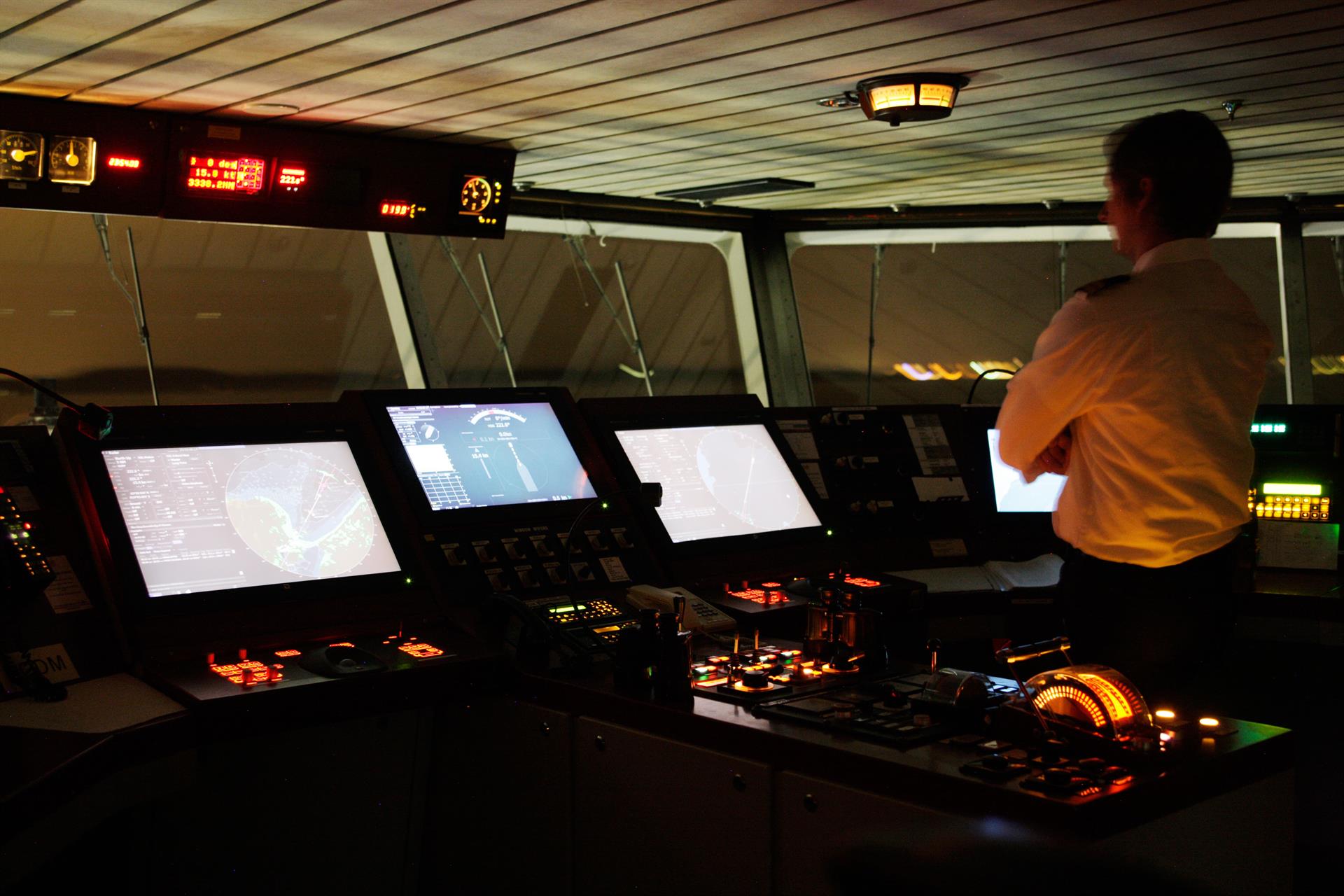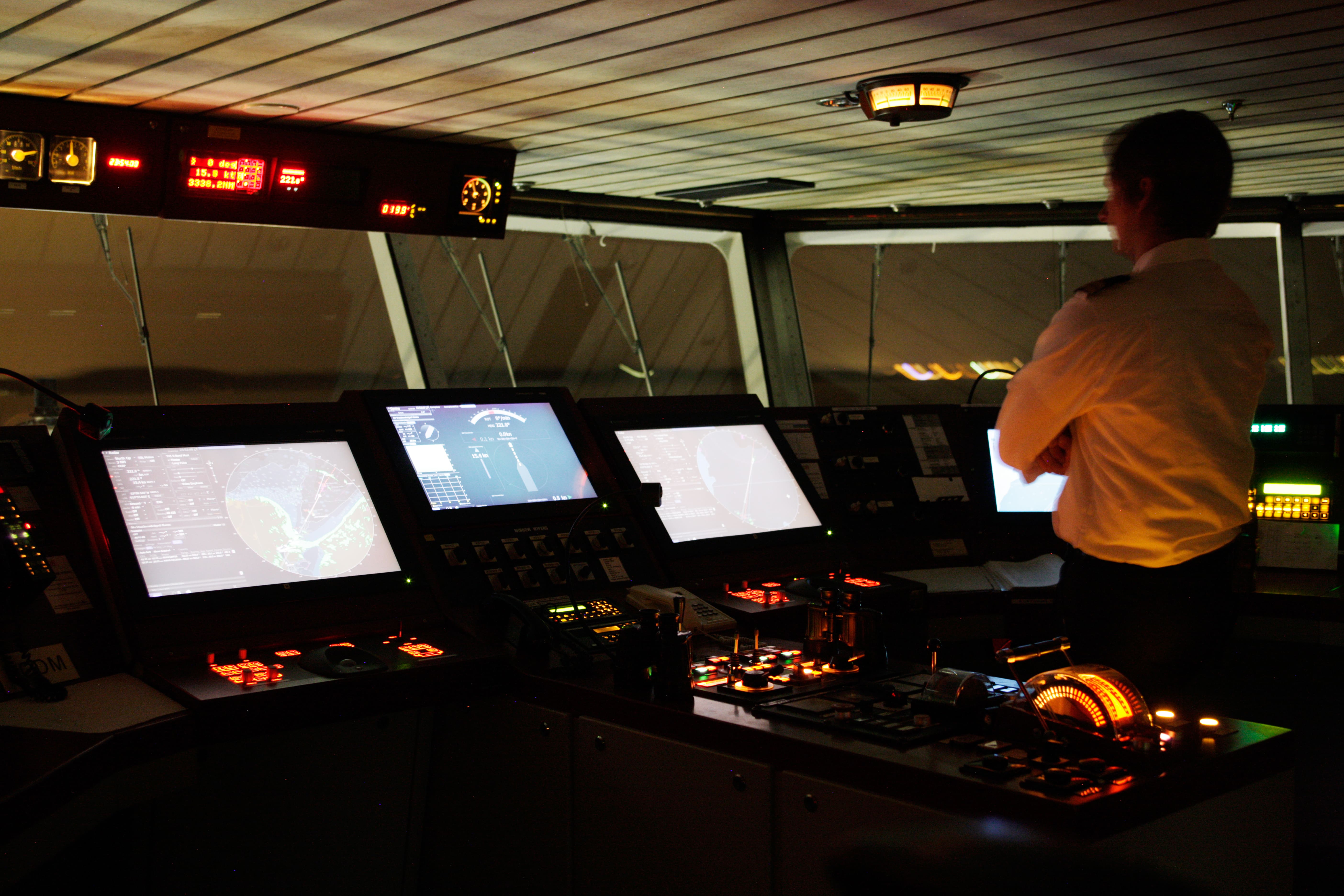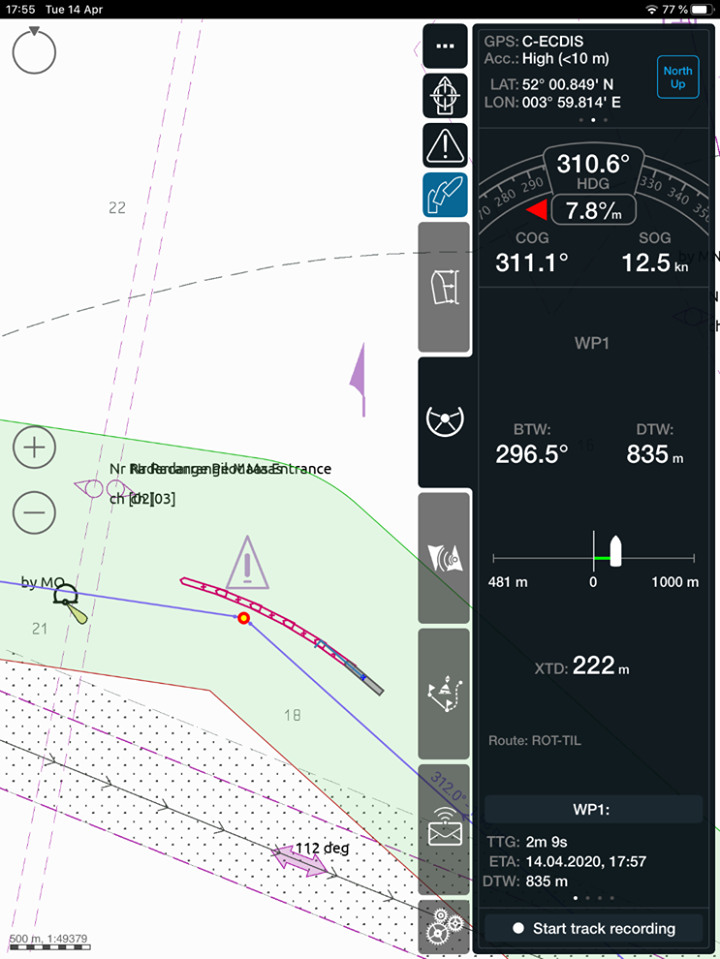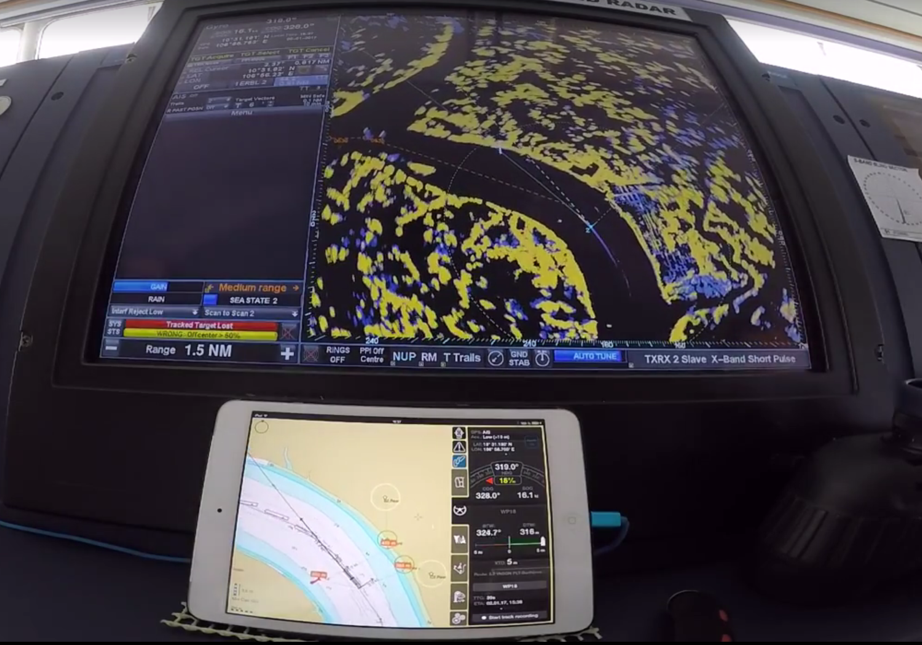

As digitalisation of the ocean continues, the scope of smart technology’s expanse is great – impacting operations from port to port, from ship to ship. However, according to a 2018 report, 62% of masters still prefer traditional navigation means over the use of electronic charts and navigation with the ECDIS system (“Paperless Vessels: A Master’s Perspective” by David Brčić and Srđan Žuškin, University of Rijeka, 2018)1. The main reason why paper charts are preferred is the alleged vulnerability of the system, considered as prone to failure and black-out consequences. A minimum set of paper charts onboard a vessel is still seen as a main back-up, either as an emergency means (power dependent) or for preferred usage in certain situations, like port approach and coastal navigation. Is this perception outdated?

There is a secure way out of the paperchase
But why grapple with numerous hardcopy charts when the transition from paper to digital can be easy, secure and highly beneficial.
The benefits of going paper-free are multifarious. All your back-up paper charts are available in one tablet no matter where you are on the bridge. Moreover, while ENC and updates are synchronised with your ECDIS, you can monitor and execute routes, get assistance during berthing and mooring from your tablet, even in case of emergencies. It’d be a great scenario to have in the real life, wouldn’t it?
We’ve got some great news for you. Situational awareness, decision support and docking aids are already available in one app. Meet Wärtsilä BridgeMate, a smart back-up and decision support tool to enhance your safety and efficiency onboard. With only one app you can:
- Get a smart extra back-up bridge station in case of emergency
- Enhance safety with navigational hazards warnings
- Use the effective navigation decision support tool within the WiFi coverage
- Consult the berthing assistant on wings without any stationary conning display

Mobility onboard
When on the bridge, you can use a WiFi connection to the ECDIS / Planning and Data Management station to keep your BridgeMate up and running. Cyber security is ensured via the certified firewall (Translink). When offline, the application operates via the built-in GPS (in case of the main navigational system blackout).

Berthing and mooring assistance
Now, ship berthing incidents are too widespread at ports globally. Berthing operation is highly dependent on human interaction and many incidents are rooted in this fact. A report by Transnav entitled “Investigations on Container Ship Berthing from the Pilot’s Perspective” numerically highlights this in its findings. Container ship accidents often happen in harbour areas (34.1%), and the most common causes are human errors (53.9%) and technical issues (34.2%).
Yet again, BridgeMate is a weight off your shoulders, since it analyses navigational information from the bridge (position, course, speed, etc.) and delivers smart docking assistance during berthing and mooring on ship wings.

All-encompassing Wärtsilä Fleet Operations Solution
Wärtsilä BridgeMate is a part of the Fleet Operations Solution bundle, that is a fully integrated network for ship‑to‑shore communication based on the connected ECDIS. You can reap the benefits of a fully transparent navigational infrastructure and intelligent automation. It increases efficiency and improves safety, enhances equipment maintenance and operational processes.
Explore more and request a demo

1 - “Paperless Vessels: A Master’s Perspective” by David Brčić and Srđan Žuškin, University of Rijeka, 2018 ( Article in ResearchGate)
Related solutions
Did you like this? Subscribe to Insights updates!
Once every six weeks, you will get the top picks – the latest and the greatest pieces – from this Insights channel by email.



